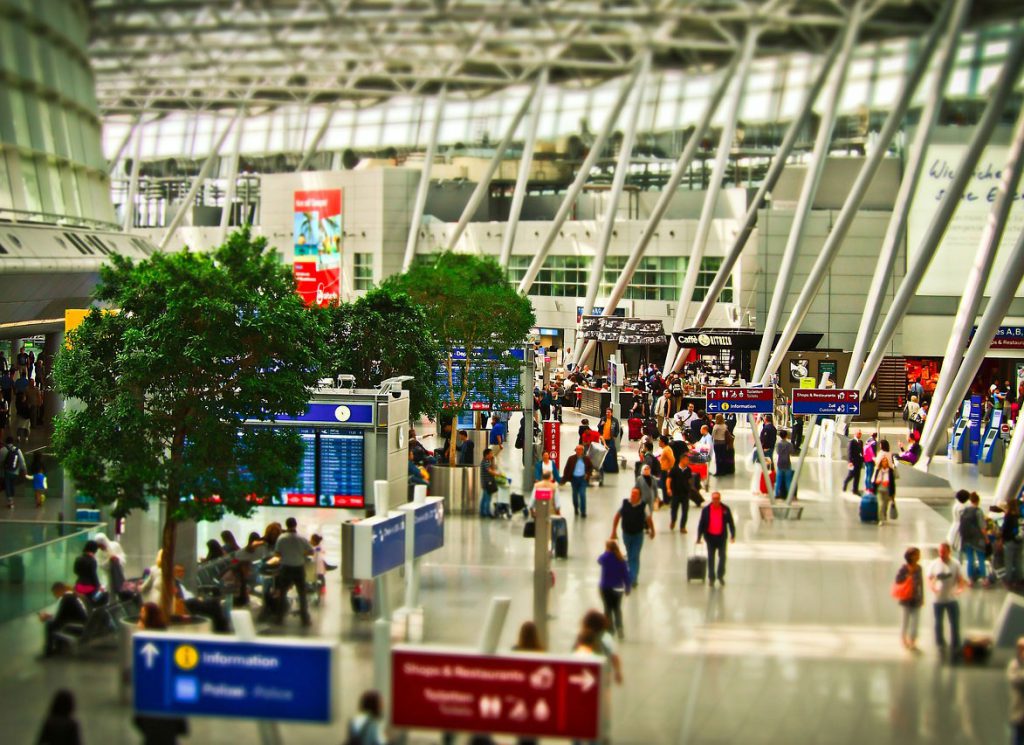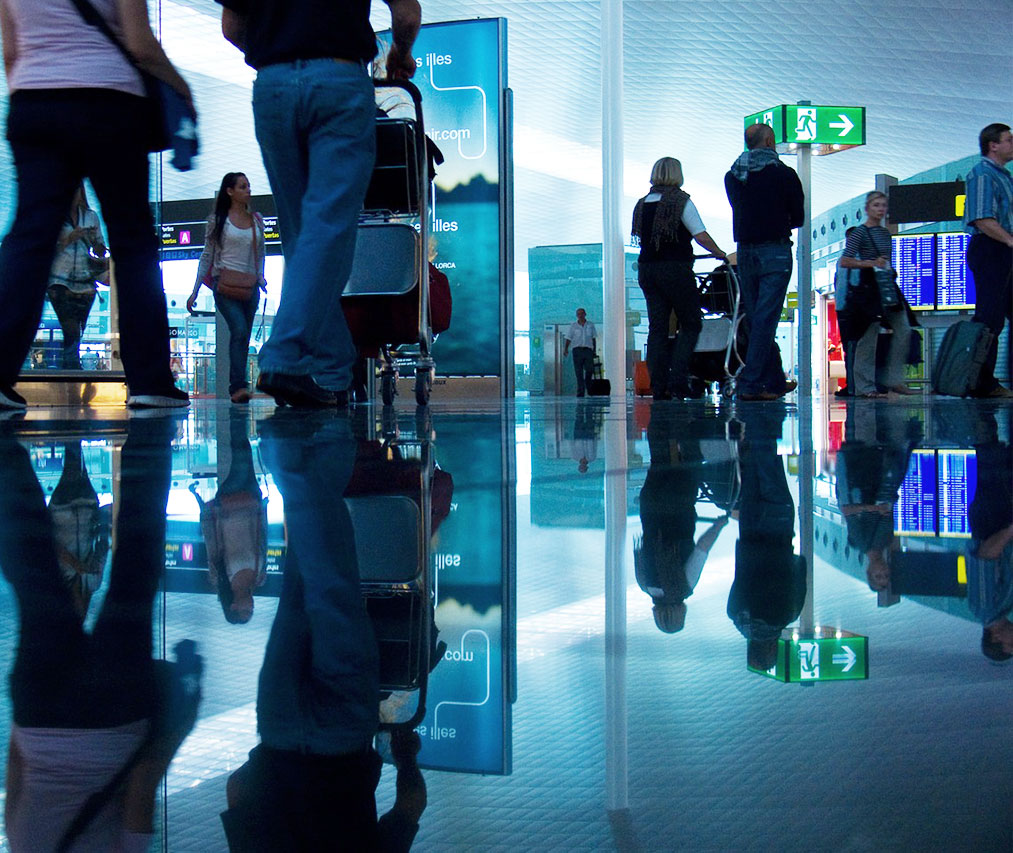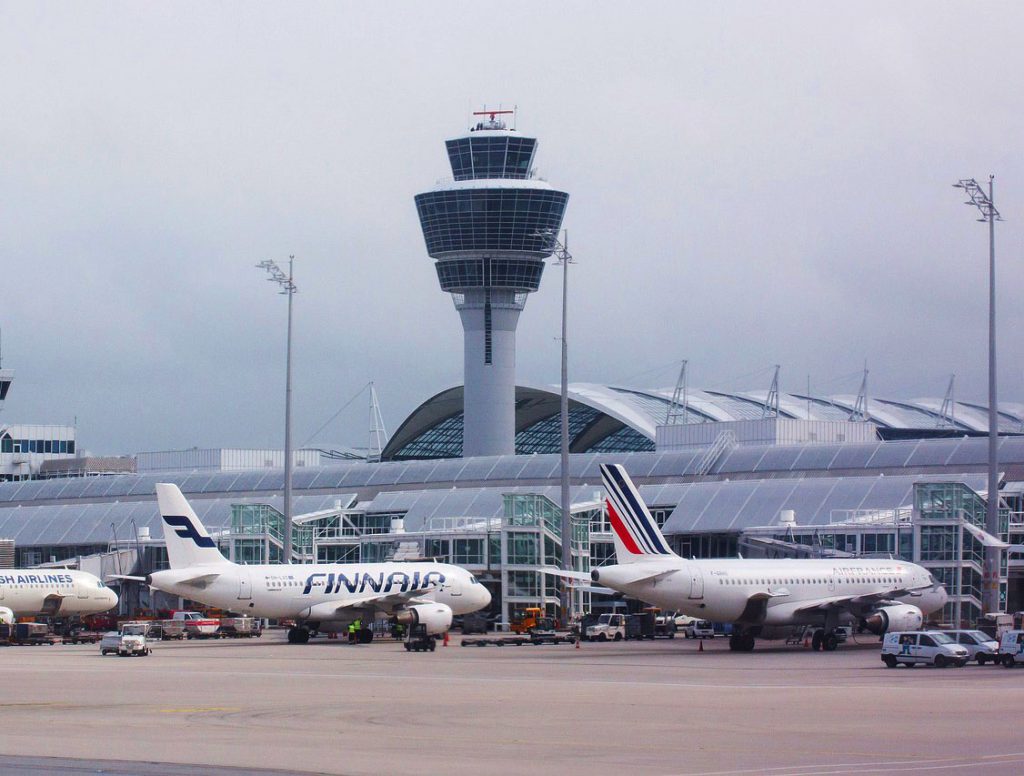Airports act like a unique complex that has no equal.
The complex is divided into different layers, a flow of people in and out. And in fact there are those who liken it to a living organism. In this complex there are several groups, the largest of which is the group of travelers. Other groups that inhabit the complex are local employees, suppliers, customs officials, police, air crew members, security, immigration, and more. The airport has a lot of traffic and movement from the public area to the air area and back, both by pedestrians and by vehicles.
Integrating facial recognition biometrics into these processes streamlines work performance, reduces the number of personnel in access control and enables better movement and flow, with identity verification and a higher level of security. The effect of the system is also felt in the field of safety (which is very important in such complexes) by integration into registration systems as mentioned above.


Places where facial recognition can be integrated.
The passenger population.
Pre-CI phase – link between the passenger’s passport and the flight ticket at the kiosk – self-registration.
Biometric passenger authentication at fast-track immigration.
Customer/passenger identification and verification in premium passes. Passenger verification in a security check.
Passenger registration and verification at the entrance to the gate. The permanent employee population in the place.
Access control in offices and transitions between air and public space.
Entry control for vehicles. Highly sensitive worker passages within the facility.
Guest registration before arrival. Verification of guests in transit in the field.
Additional systems.
It is possible to integrate with existing systems at the airport and share information with systems related to security, customs and immigration.
Also possible to integrate an additional bio-surveillance system. where people can be identified from a list of suspects, in the parking lots and in the general area outside the terminal.
Perform identification of people and monitoring of traffic routes within the airport.
Perform identification verification of a passenger arriving at the destination country/airport. According to a list of suspects.
Passenger identification and passage/route verification from the plane to the immigration officer.
With this system, it is possible to prevent unauthorized persons from entering specified areas (warning of staying in a prohibited place or unauthorized entry attempt).


Internal flights.
These flights are fundamentally different from international flights.
The identification processes are much shorter. The transition is done with the help of local documentation. The reviews are completely different.
It is possible to integrate biometric identification in a dedicated application and receive a dynamic QR code as a flight ticket.
Identity verification is carried out with the help of a local certificate, a driver’s license or an identity card and obtaining a plane ticket at an independent kiosk. This card is directly linked to the facial image at every crossing in the field that requires identification (security/gate)
The process improves the service and creates a good experience for the passenger.

VikiSense provides biometric products and solutions for security and safety systems, public data systems, and marketing and advertising systems, with a focus on face recognition, voice recognition, and speech recognition.
Please leave your information and we’ll contact you ASAP.
© all rights reserved to Vikisense | site by web4all